Chopsticks or Forks?
Seniors Jancy Zhang (left) and Phyllis Liu sit down with mixed reactions as they prepare to eat a meal with with chopsticks.
November 21, 2019
Everyone eats, but who has ever thought about how we get food from the plate to our mouths? There are, in fact, various methods — fingers, spoons, forks, or chopsticks.
The most common eating utensils, no doubt, are forks and chopsticks. While the former are used widely around the world, the latter are preferred in East and Southeast Asia.
Forks, often made of metal or plastics, are used to either poke or scoop food. Chopsticks, usually made of wood, plastic, or metal, are maneuvered like tongs to grab, not stab, food. Of course, it may sometimes be convenient to stab, especially for young children.
The question is which one is better. Forks are definitely easier to use from the get-go. No skill is required. However, a good amount of effort is needed to learn to use chopsticks. In most cases, a Chinese child does not master the complex skill until he or she is five years old. Kids in fork-use families begin to use their simple utensils at around the age of three and will usually not be introduced to chopsticks until adolescence, if ever.
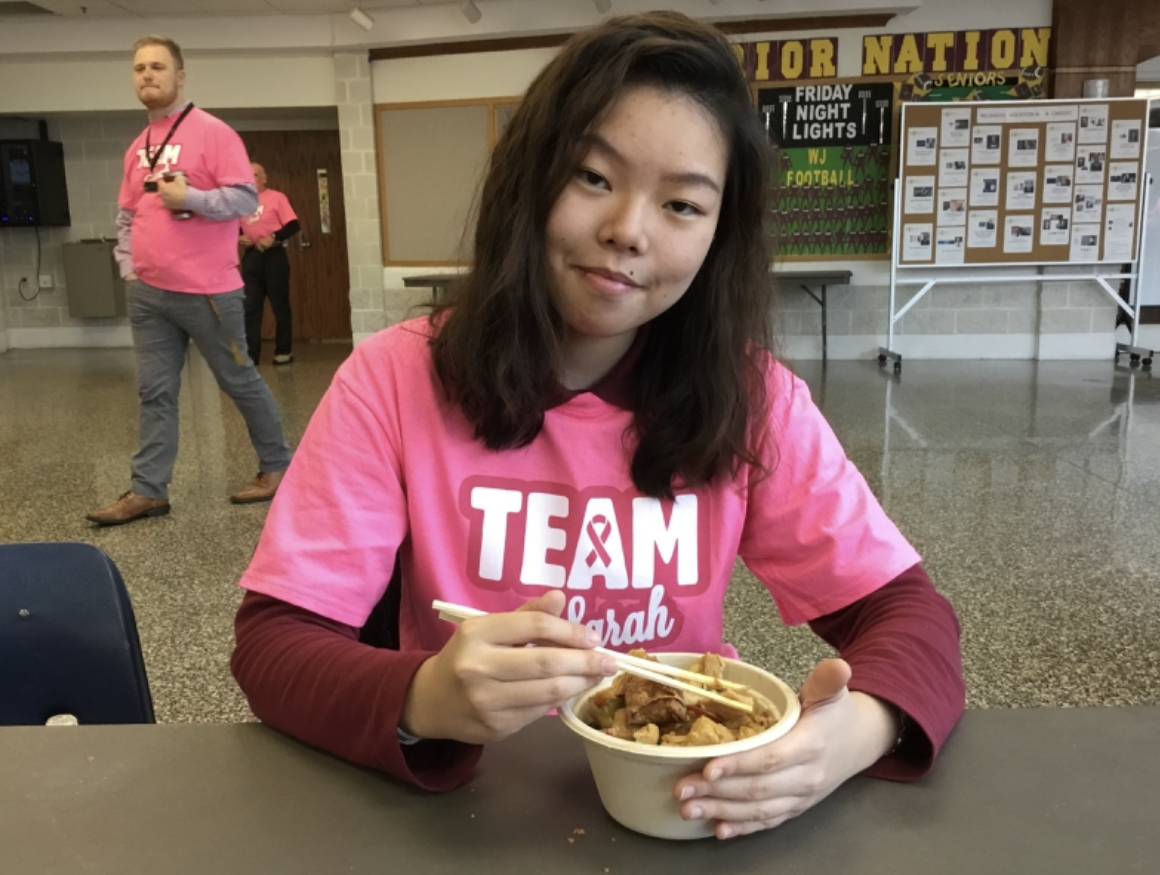
Senior Skye Zhu happily enjoys her meal with her eating utensil of choice–chopsticks.
Emerson Royer, a sophomore who is reasonably skilled with chopsticks, has made up his mind about which utensil is better. He said, “I personally prefer forks because it is easier to stab food.”
Another benefit of forks is that they come in handy with foods like mashed potatoes, fluffy rice, and small vegetables like peas. No way around it — chopsticks are useless for scooping up globby or tiny food morsels.
On the other hand, chopsticks work uniquely well with crunchy food like chips. Diners can enjoy chips without getting their hands greasy. In contrast, stabbing or scooping chips with a fork leads to complete disaster.
Likewise, eating cooked vegetables (except peas) is no problem with chopsticks. Cooked vegetables can be wet and greasy, so they tend to slide off forks. Chopsticks make picking up a bunch of this healthy food choice a breeze.
Obviously, chopsticks and forks each have their pros and cons. It mostly depends on what food one is enjoying and which culture one comes from. Most of the Chinese exchange students at Walsh Jesuit claim that they prefer chopsticks over forks.
Senior Jancy Zhang, in her second year at WJ, said, “It is not hard to transform from chopsticks to forks, but I still prefer chopsticks because I have used them for over ten years. Also, my host family is Chinese, so we have Asian food constantly.”
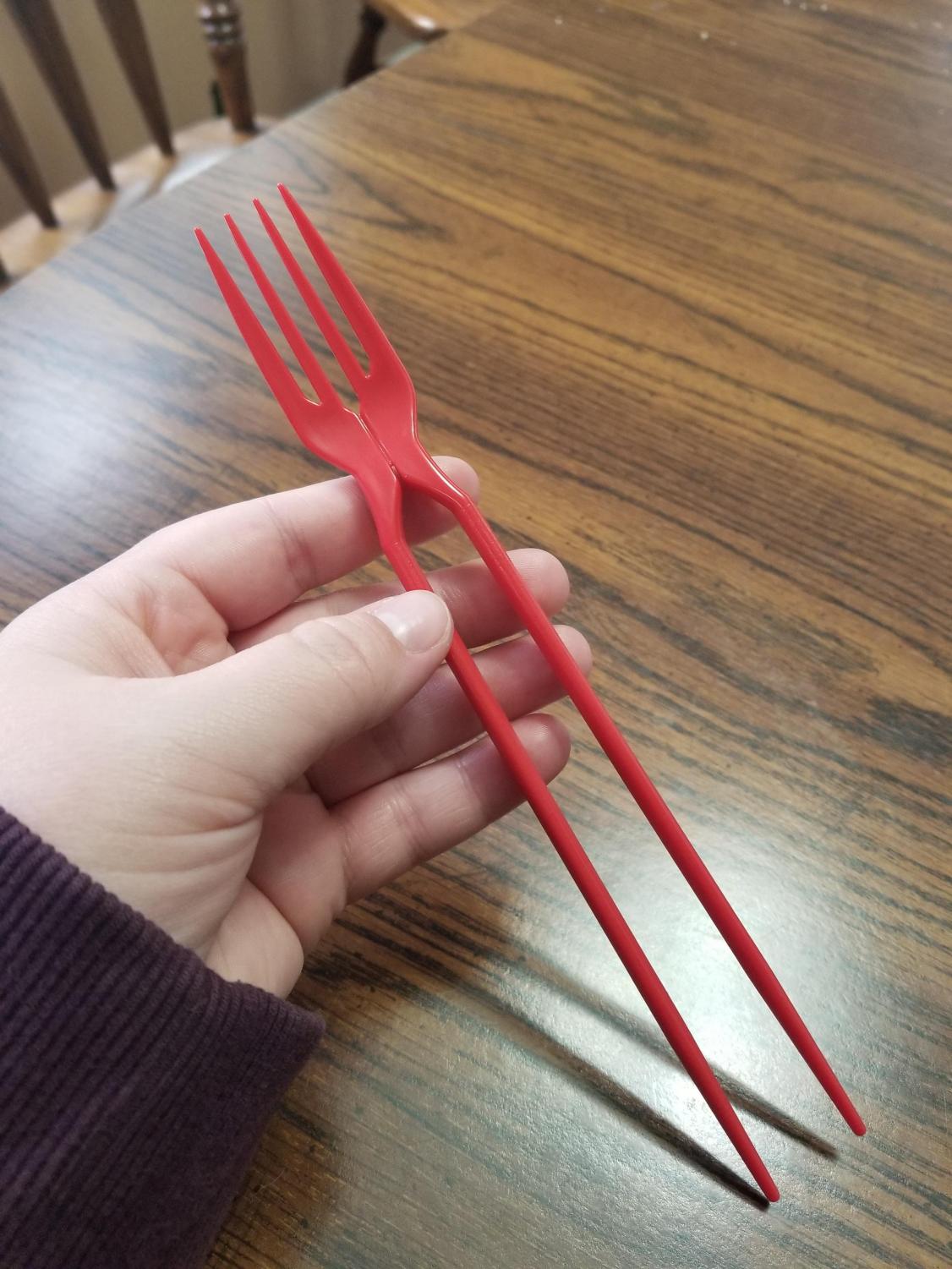
The “chork,” a fun chopstick and fork hybrid found at Panda Express, is one solution to this culinary conundrum.
But Phyllis Liu, a senior and Chinese exchange student who stays with an American family, has a unique reason for opting for western utensils. She said, “I ‘low-key’ prefer forks since everything needs to be cut into bite-size for chopsticks, which makes cooks do extra work.” (Very thoughtful of you, Phyllis.)
Junior Joe Hoffmann first tried to use chopsticks when he was seven. “I prefer chopsticks over European eating utensils because chopsticks make me eat slower and healthier,” he said.
Truth be told, everyone has witnessed people shoveling multiple wads of meat or mountains of potatoes into their mouths. This unsightly behavior is impossible with chopsticks.
Retired English teacher Ms. Elizabeth Duarte admitted to being a klutz with chopsticks. She does feel awkward using a fork in an Asian restaurant while people all around her are using chopsticks.
Senior Stanley Kaczmar totally understands the situation. He said, “I often feel I may get judged , and I will be embarrassed that I do not know how to use chopsticks correctly.”
So, whether from the East or West, clumsy or dexterous, you decide what works best for you — fork, chopsticks, or both, thanks to the chork.

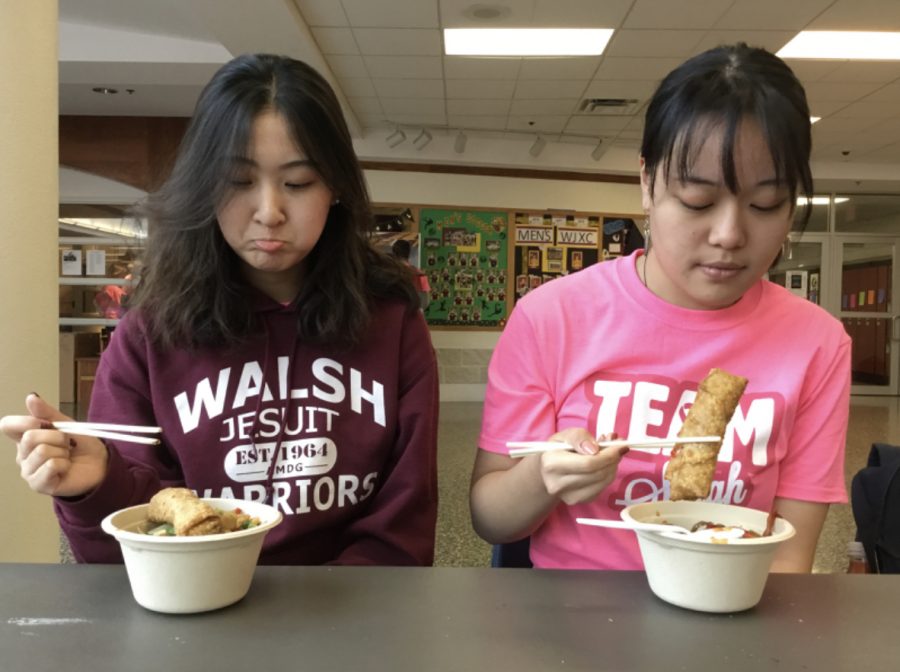


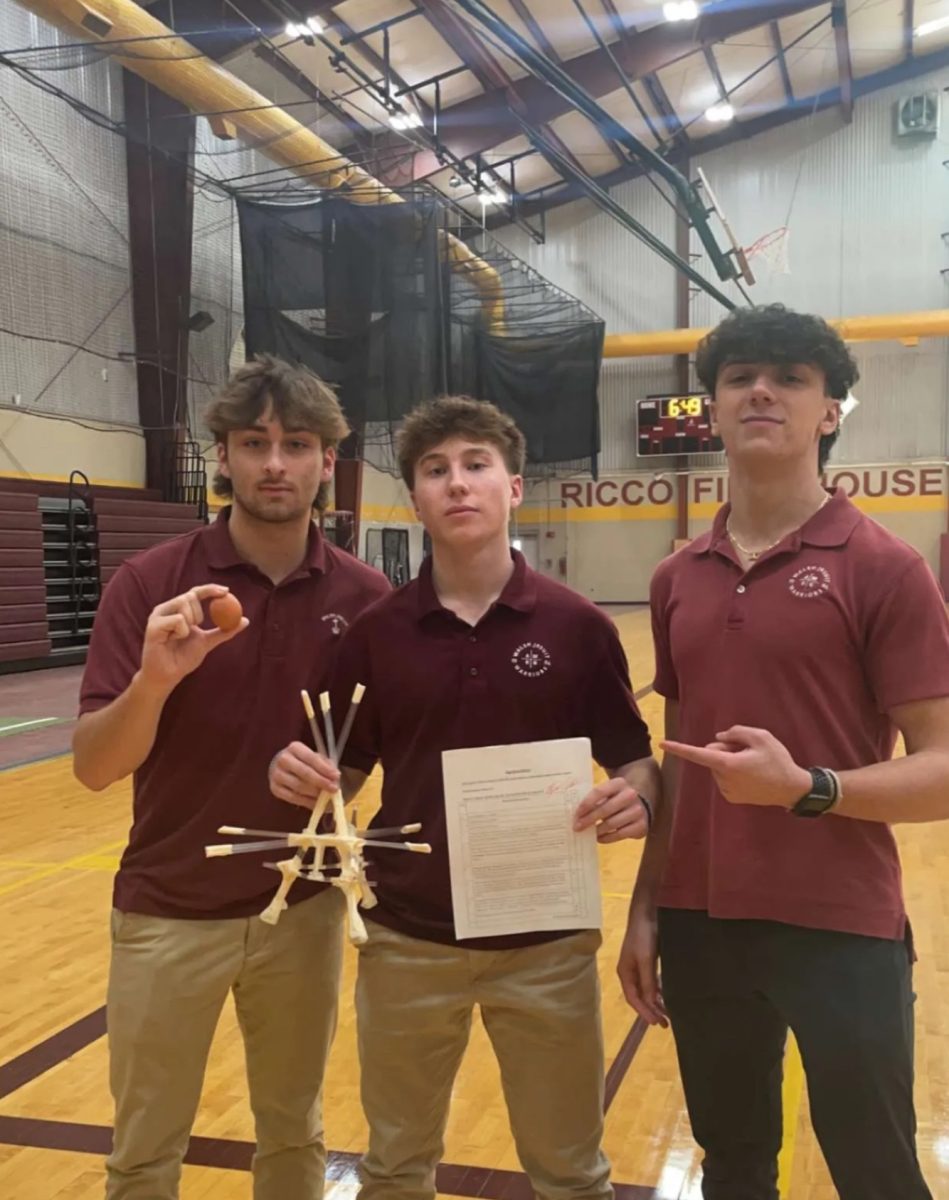


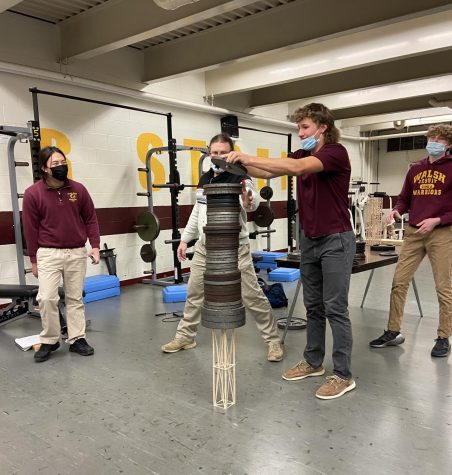
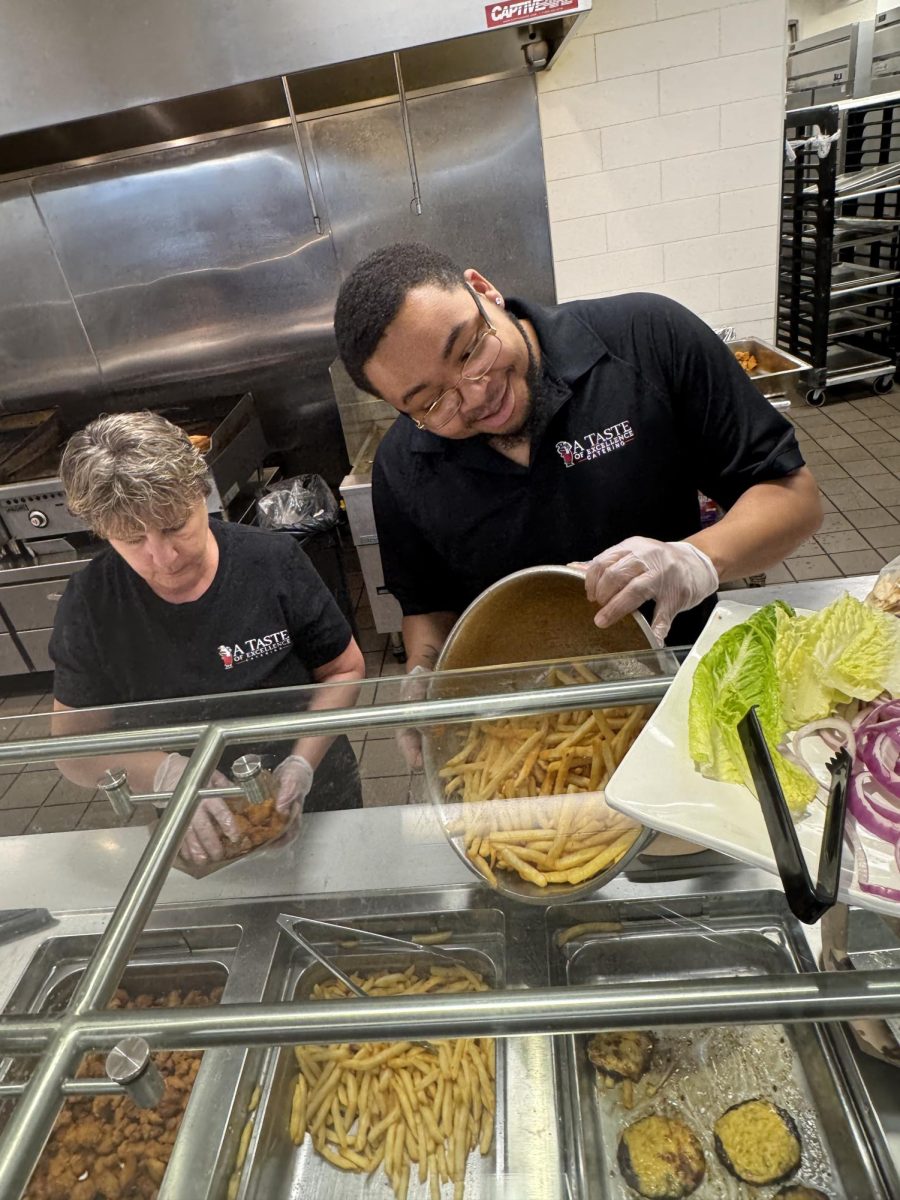
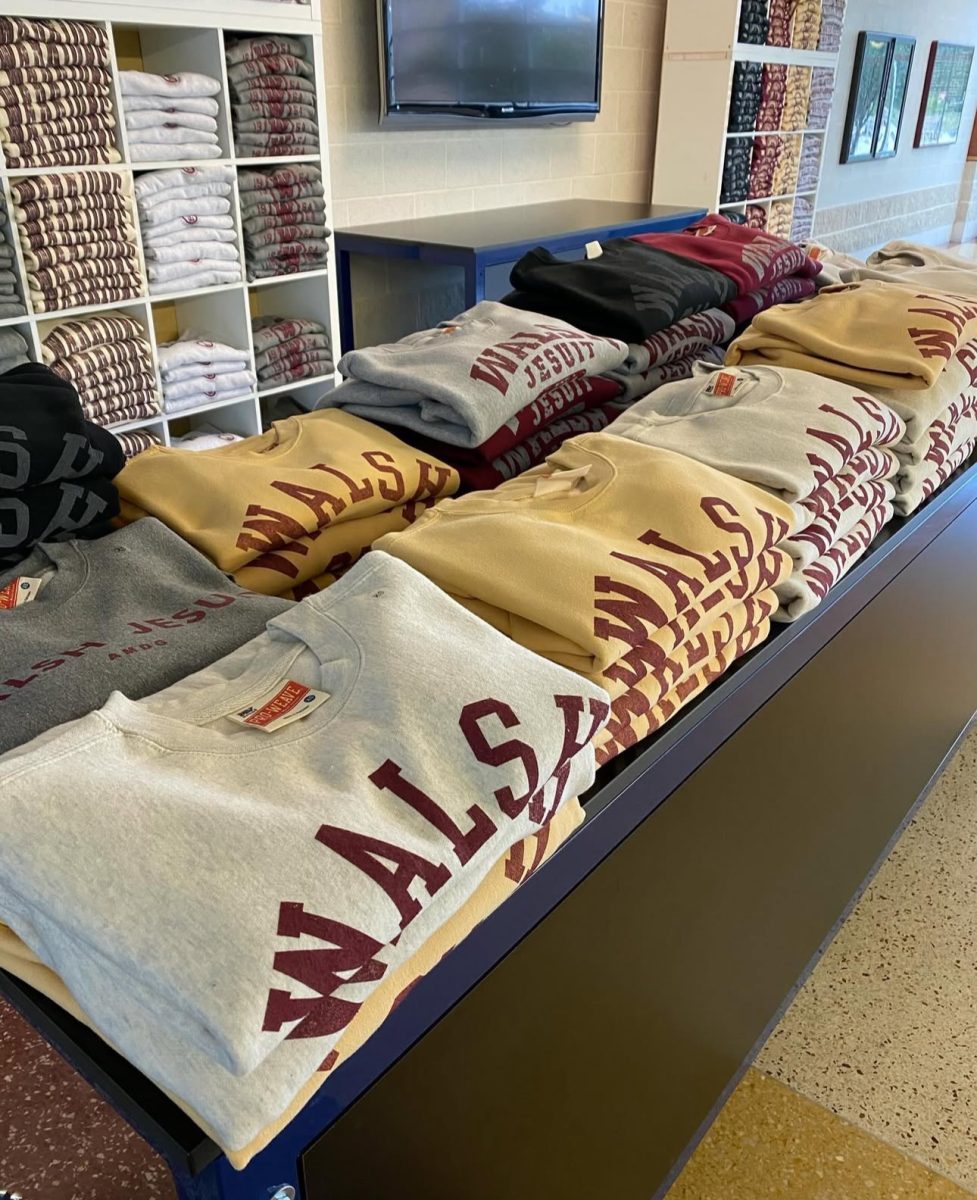
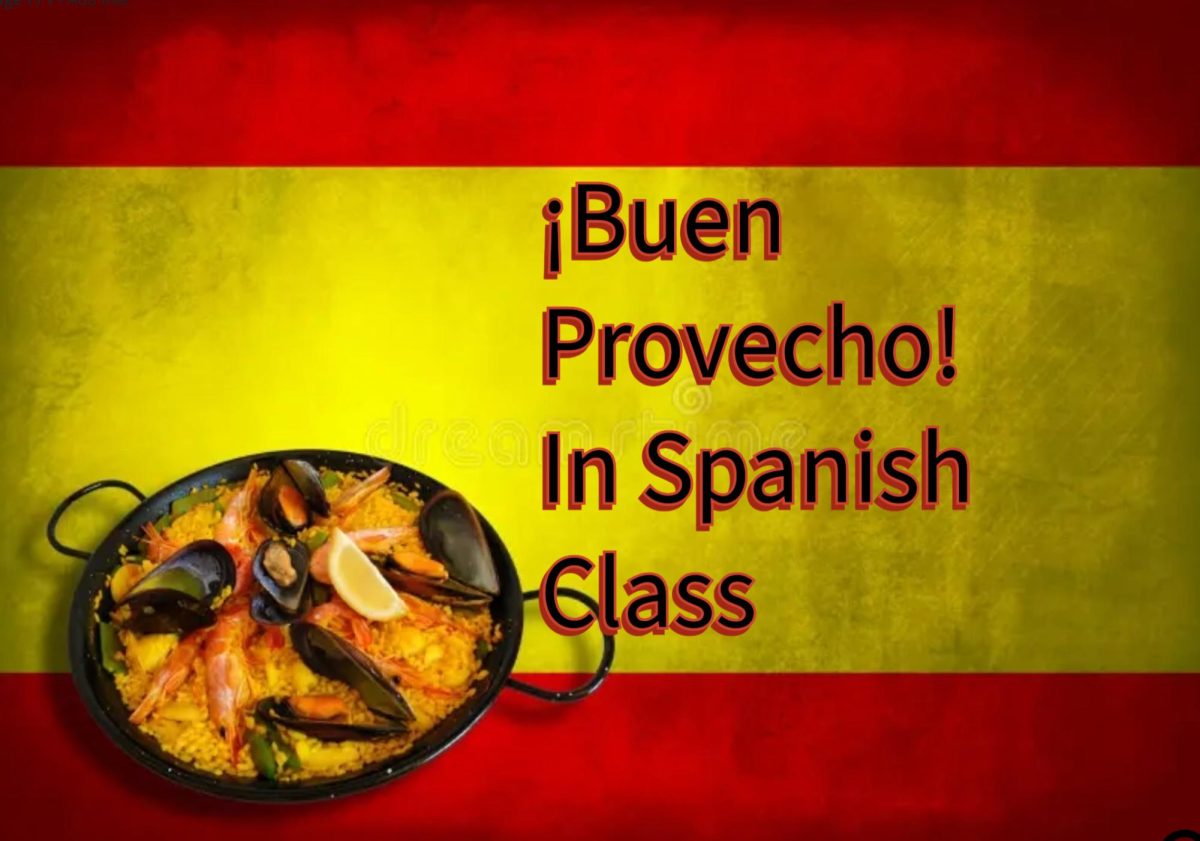

Mahimne • Apr 18, 2023 at 11:35 am
M. S. B
Bruce • Jan 11, 2024 at 2:53 pm
Can u give me more info on why